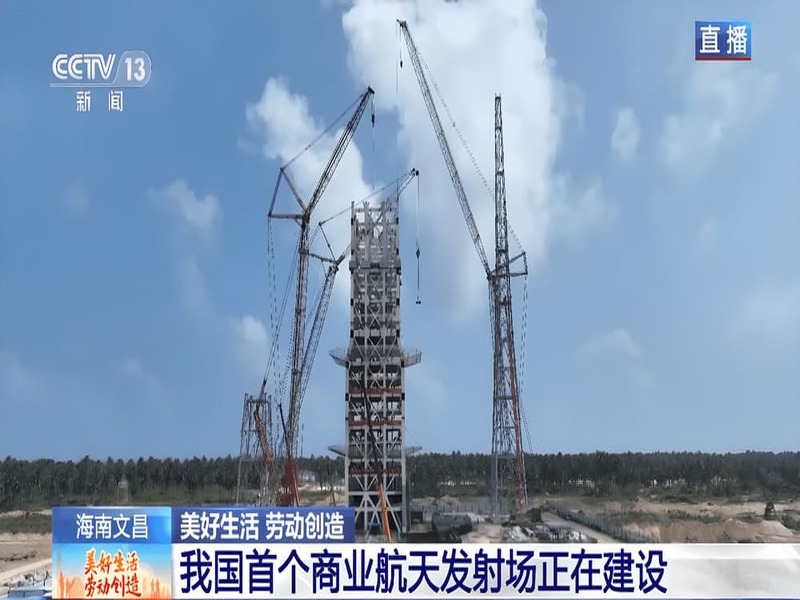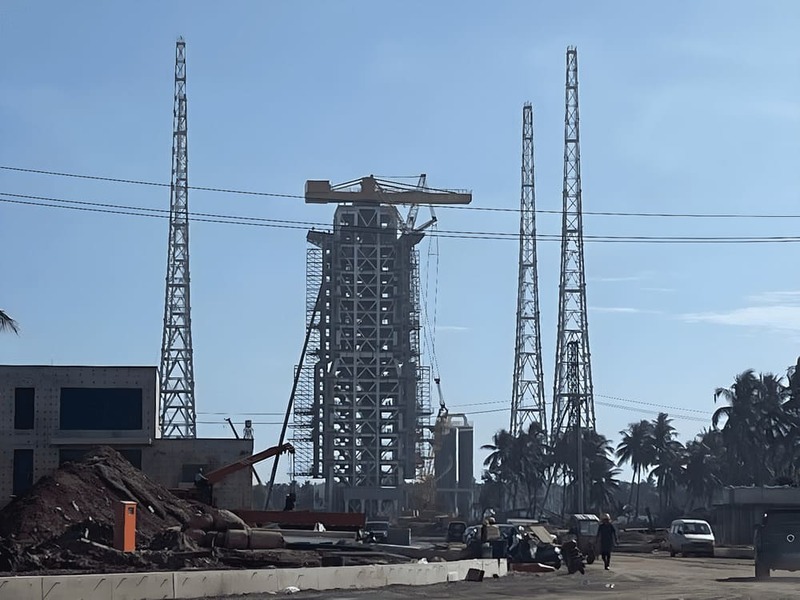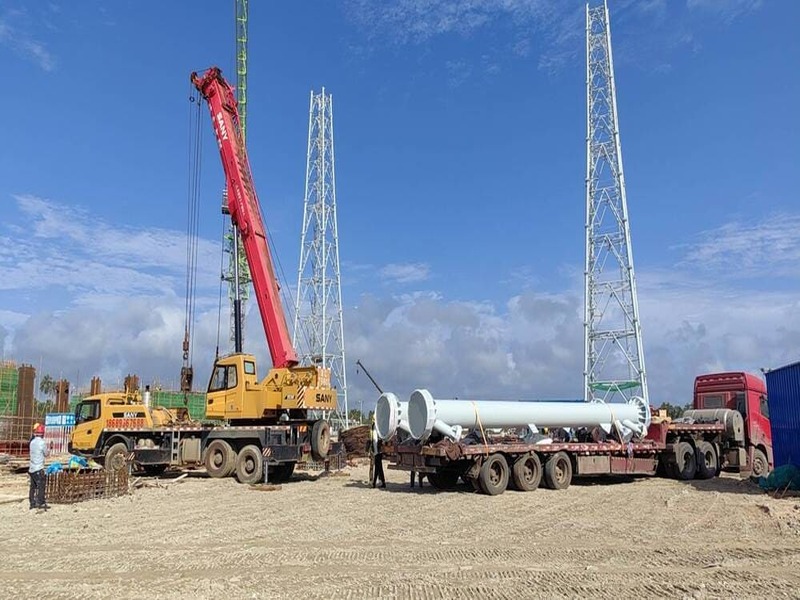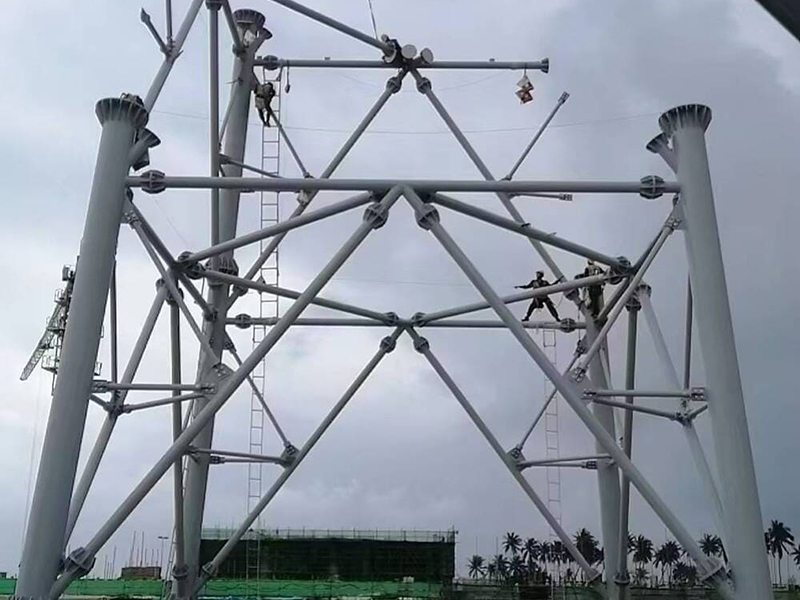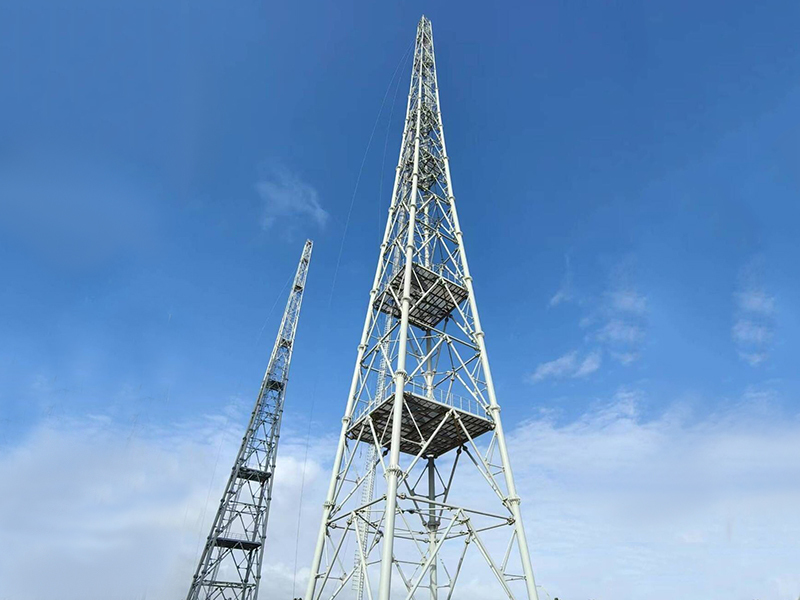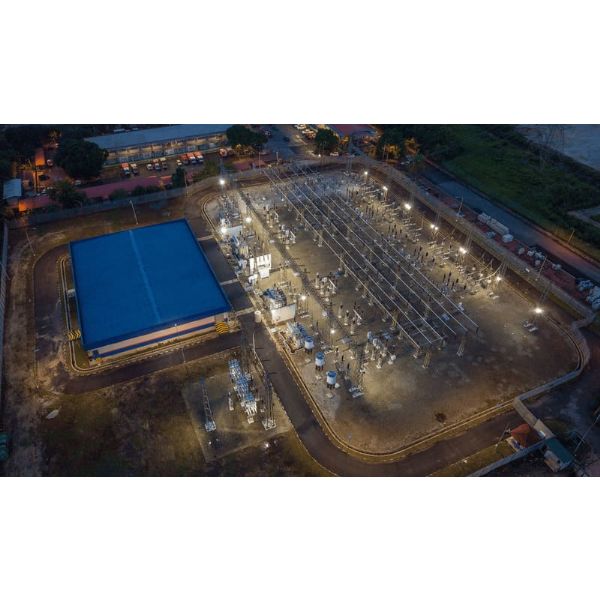Infrastructure Construction Details
The Hainan Wenchang Launch Site is one of China’s most advanced aerospace facilities, representing the nation’s growing capabilities in space exploration and technology. Completed in 2024, the project combines cutting-edge design, modern steel engineering, and comprehensive public facilities to create an essential hub for satellite launches and other major space missions. With its towering 123-meter launch platform and the use of 500 tons of steel, the site is a milestone in both engineering excellence and China’s global aerospace ambitions.
Strategic Location of Hainan Wenchang
The choice of Hainan as the location for this launch site is highly strategic. Positioned on the southernmost island province of China, Wenchang offers unique geographical advantages. Its proximity to the equator allows rockets to use less fuel when entering orbit, making launches more efficient and cost-effective.
The coastal location also ensures that discarded rocket stages fall safely into the sea, minimizing risk to populated areas. Together, these factors establish Wenchang as an ideal site for frequent satellite launches, international collaborations, and high-capacity missions.
Engineering Marvel: 123-Meter Launch Platform
At the heart of the Wenchang launch site lies its most striking feature—the 123-meter-high launch platform. This towering structure is not only a physical landmark on Hainan Island but also a powerful symbol of China’s rapid ascent in the global space race. Rising higher than many urban skyscrapers, the platform embodies both engineering ingenuity and the ambition of a nation determined to become a leader in space exploration.
Height and Structural Stability
The sheer height of the launch platform plays a vital role in its functionality. At 123 meters, it has been specifically engineered to handle the world’s largest and heaviest rockets, capable of transporting significant payloads into orbit. These payloads include communication satellites, meteorological satellites, navigation systems, and even components for deep-space missions.
The stability of such a tall structure is a monumental challenge in itself. Engineers employed advanced steel structure technologies to ensure that the platform could withstand not only the immense weight of rockets but also the intense vibrations, shock waves, and thermal forces generated during launch. The steel framework, reinforced with precision joints and foundation supports, allows the platform to remain resilient against seismic activity, strong winds, and the corrosive coastal environment of Hainan.
Safety and Operational Efficiency
A key function of the platform is to guarantee the safety and reliability of launch operations. Rockets are fueled and prepared directly on the structure, a process that demands flawless precision. The height allows for vertical assembly, which reduces the risks associated with horizontal transport and provides engineers and technicians with safer, more controlled access to critical rocket components.
The platform is also equipped with advanced fueling systems, fire suppression technologies, and emergency evacuation pathways. Together, these features create an environment where complex operations—such as loading liquid propellants and performing final safety checks—can be conducted with maximum efficiency and minimal risk.
Adaptability to Multiple Rocket Models
One of the defining strengths of the Wenchang launch platform is its adaptable design. Unlike older launch systems that were built for a single type of rocket, this modern structure can accommodate multiple rocket configurations and satellite payload requirements.
This flexibility is essential for China’s long-term space strategy, which involves deploying a wide range of satellites for telecommunications, Earth observation, climate monitoring, and scientific exploration. It also allows the launch site to support ambitious projects such as crewed missions, lunar exploration, and future Mars programs. The ability to handle diverse rocket types ensures that Wenchang will remain relevant and operational for decades to come.
Integration with Modern Aerospace Technology
Beyond its physical structure, the launch platform integrates state-of-the-art monitoring systems and digital controls. These systems provide engineers with real-time data on rocket stability, fuel pressure, and environmental conditions, ensuring that every stage of the launch is executed with precision.
The platform also utilizes automated systems that allow for faster turnaround times between launches. This is a critical advantage as the demand for satellite launches grows rapidly, both domestically and internationally. By combining automation with human oversight, Wenchang achieves the perfect balance of speed, safety, and reliability.
Symbol of China’s Space Ambition
The 123-meter launch platform is more than just a piece of infrastructure—it is a symbol of China’s vision for the future of space exploration. Its scale and complexity reflect the country’s determination to match and eventually surpass other global space powers. Each successful launch from Wenchang sends a message of confidence, capability, and readiness to lead in the next chapter of human spaceflight.
Inspiration for Future Generations
Finally, the platform serves as an educational and inspirational tool. For visitors, scientists, and students who travel to Hainan, the sheer sight of this engineering marvel leaves a lasting impression. It demonstrates what can be achieved when innovation, technology, and ambition converge. For China’s younger generations, it stands as proof that the nation’s space program is not only a technological enterprise but also a source of pride and motivation for the future.
Steel Structure and Usage
The Wenchang Infrastructure makes extensive use of steel in its construction, totaling 500 tons. Steel was chosen for its unmatched strength, durability, and resistance to environmental challenges such as sea air corrosion and high winds common in Hainan.
The facility features a steel structure working platform as well as integrated public facilities to support personnel, logistics, and visitors. The robust steel framework ensures the site’s long-term stability while providing flexibility for upgrades as technology evolves. This approach aligns with international standards for modern aerospace infrastructure.
Completion in 2024: A Key Milestone
The Infrastructure’s completion in 2024 marks a pivotal year in China’s aerospace history. Delivered on time and with precision, the project showcases the nation’s ability to manage complex, large-scale construction projects that directly contribute to its global space ambitions.
This milestone reinforces China’s position as a major player in the global race for satellite deployment and exploration beyond Earth’s orbit. The launch site is not just a national achievement but a stepping stone toward international cooperation in space science and technology.
Role in Satellite Launches and Space Exploration
The Hainan Wenchang facility is designed primarily to support satellite launches, meeting the growing demand for communication, navigation, weather observation, and Earth monitoring satellites. With the rise of satellite-based technology in daily life—from internet connectivity to disaster management—the site plays a crucial role in ensuring reliable access to orbit.
Beyond satellites, the launch site is also capable of supporting missions involving crewed spacecraft and deep-space exploration vehicles. This versatility makes Wenchang a cornerstone of China’s space program for decades to come.
Public Facilities and International Collaboration
Unlike older facilities, the Wenchang Infrastructure incorporates modern public facilities to host visiting scientists, engineers, and dignitaries. These facilities not only provide comfort and safety but also encourage educational initiatives and international partnerships.
As space exploration becomes a global endeavor, Wenchang is expected to host collaborative missions, making it a symbol of both national pride and international cooperation.
Sustainability and Innovation
Modern aerospace facilities face the dual challenge of pushing the boundaries of technical achievement while ensuring that progress does not come at the expense of the environment. The Wenchang launch site serves as a strong example of how innovation and sustainability can work hand in hand, setting new standards for aerospace infrastructure worldwide.
Eco-Friendly Design and Construction
From the earliest planning stages, the site incorporated sustainable construction methods that minimized disruption to the surrounding environment. The project team carefully managed land use, reducing ecological impact on Hainan’s delicate coastal ecosystem. Wherever possible, eco-friendly building materials were selected, ensuring long-term durability while lowering the carbon footprint of construction activities.
One of the most significant choices was the extensive use of recyclable steel. By opting for steel that can be reused or repurposed at the end of its lifecycle, the facility demonstrates a commitment to circular economy principles. Steel’s natural resilience to corrosion, particularly in the humid tropical climate of Hainan, also reduces the need for frequent repairs or replacements, further lowering long-term environmental costs.
Efficient Energy Systems
The Wenchang launch site has integrated energy-efficient systems throughout its operations. Modern lighting solutions, optimized power distribution, and advanced cooling technologies ensure that the site consumes less energy while maintaining high performance standards. In addition, renewable energy sources, such as solar installations, are gradually being introduced to supply clean electricity for both operational and public facilities.
By embracing energy efficiency, the site reduces greenhouse gas emissions and positions itself as a forward-looking aerospace hub that prioritizes both performance and environmental stewardship.
Advanced Monitoring and Safety Systems
Launch operations inherently involve high energy consumption and environmental risks. To address this, Wenchang incorporates real-time monitoring systems that track emissions, fuel handling, and safety protocols. These systems not only safeguard the integrity of rocket launches but also help minimize potential harm to the surrounding air, land, and water.
In the event of anomalies, automated safety measures are triggered to prevent environmental contamination. This focus on monitoring ensures that while technological progress is being achieved, the surrounding natural environment remains protected.
Balancing Innovation with Responsibility
The integration of sustainability at Wenchang goes beyond compliance—it reflects a broader philosophy of responsible progress. The facility demonstrates that even large-scale, high-tech aerospace projects can adopt green practices without compromising their mission.
This approach aligns with global trends in aerospace, where the emphasis is increasingly on cleaner propulsion technologies, environmentally safe materials, and reduced launch footprints. By embedding sustainability into its design and operation, the Wenchang launch site not only secures its place as a national landmark but also contributes to the international dialogue on building a more sustainable space industry.
Inspiring the Future of Aerospace Development
Perhaps most importantly, Wenchang’s balance of sustainability and innovation sends a message to the world: it is possible to pursue ambitious space exploration goals while also caring for the planet. The use of recyclable steel, eco-friendly construction, renewable energy integration, and advanced safety systems all set precedents for future launch sites around the globe.
This thoughtful combination of technology and responsibility ensures that the Wenchang Infrastructure is not just a platform for satellite deployment and exploration missions, but also a model of how aerospace infrastructure can evolve in harmony with environmental priorities.
Impact on Regional and National Development
The launch site also has significant economic and social impacts. For Hainan Province, it attracts investment, tourism, and talent, boosting local development. On a national scale, it strengthens China’s role as a global supplier of satellite technology and launch services, ensuring competitiveness in the booming space economy.
The facility also inspires new generations of scientists and engineers, making it not just an infrastructure project but also a catalyst for education and innovation.
The Hainan Wenchang Infrastructure is more than just a platform for rockets—it is a centerpiece of China’s vision for the future of space exploration. With its 123-meter launch platform, 500 tons of steel structures, and completion in 2024, the site demonstrates engineering excellence, strategic foresight, and a commitment to sustainability.
As a hub for satellite launches and international collaboration, Wenchang will continue to shape the future of global space exploration. This landmark project firmly places Hainan and China at the forefront of the space age, setting a new benchmark for what modern Infrastructurecan achieve.

